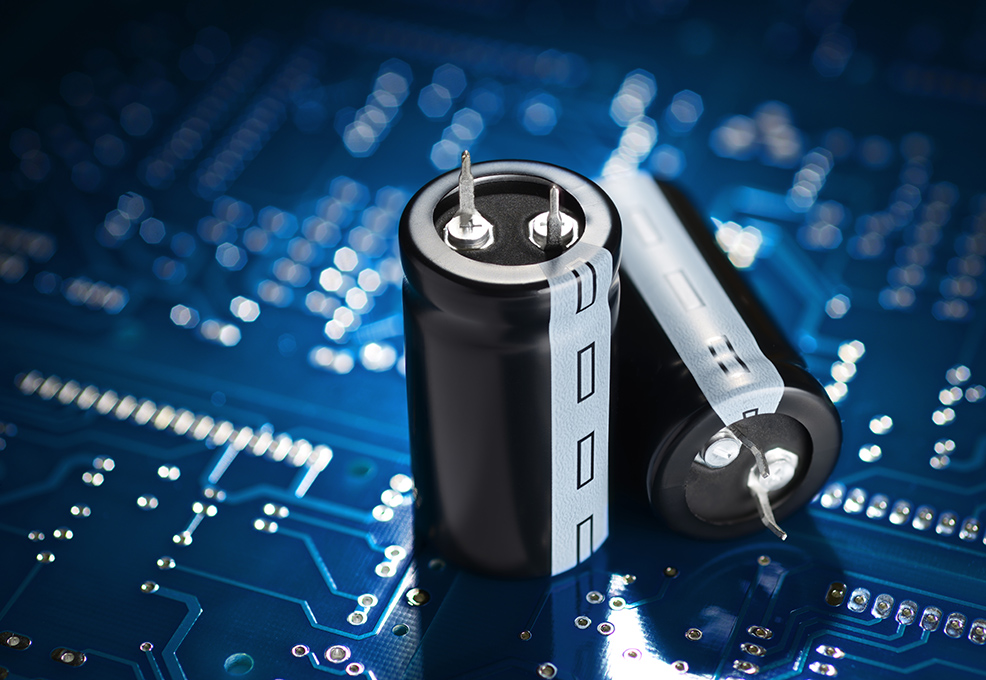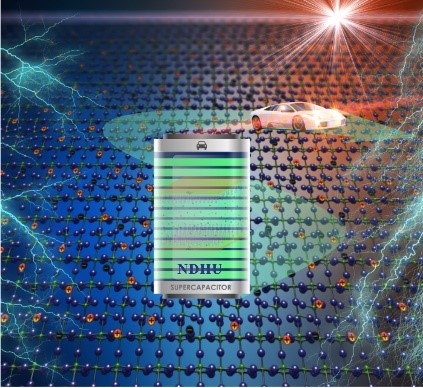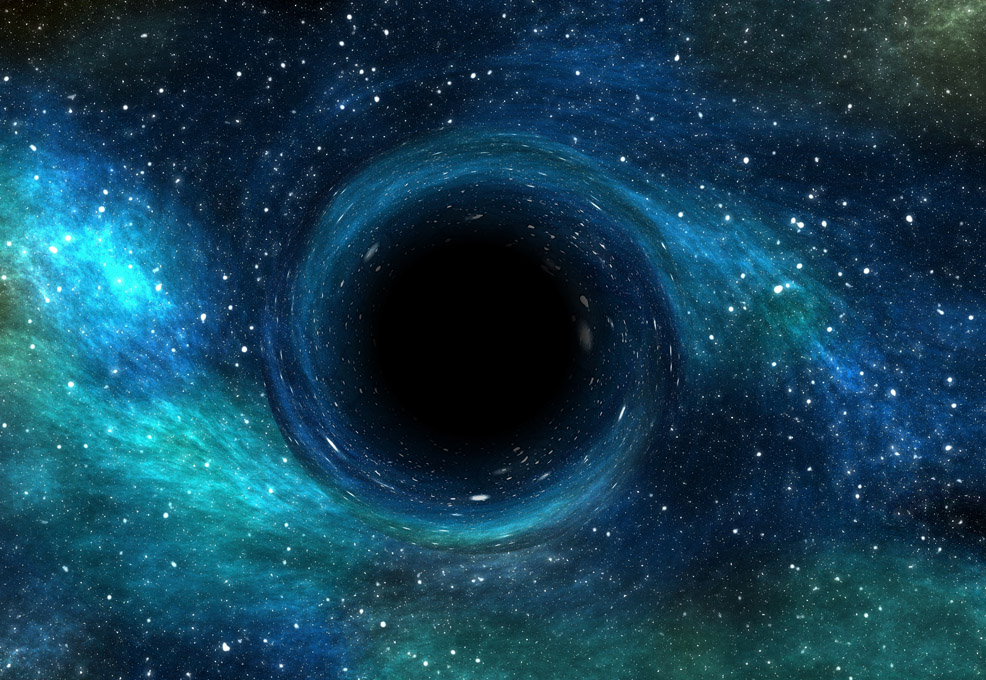Mud-diapirism-induced Lateral Extrusion in the SW Taiwan Mountain Belt

Author(s)
Yuan-Ron MaBiography
Prof. Yuan-Ron Ma received his PhD degree from the University of Nottingham, UK, in 1998. Currently, he is a Professor of the Physics Department and the Dean of the Office of International Affairs (OIA), National Dong Hwa University (NDHU). His main responsibility is aimed at helping NDHU recruit international students and cooperating with international institutes in academics and research. His research interests include nanotechnology and materials sciences, and his current work concentrates on the synthesis, characterization, and applications of various 1D nanostructural and 2D layered materials.
Academy/University/Organization
National Dong Hwa University-
TAGS
-
Share this article
You are free to share this article under the Attribution 4.0 International license
- NATURAL SCIENCES
- Text & Image
- July 20,2020
Taiwan does not produce crude oil and aims to be a non-nuclear country, so the development of green power and renewable energy industries is listed as one of the “six core strategic industries” in the national development project. It is expected that in 2025, green energy will account for 20% of the total power generation in Taiwan. The clean energy, new power generation, energy storage devices, and energy-saving systems will become themes of new-generation technology research and development. The National Dong Hwa University (NDHU) has established an energy center which is implementing the solar farm policy and has also installed a large area of solar cell panels on campus. The Office of General Affairs has replaced all the lighting equipment with LED lamps and air-conditioners with frequency models, respectively. Therefore, the NDHU has already saved electricity bills of several millions of Taiwan dollars per year and earned interest from setting up solar power systems.
In recent years, Prof. Yuan-Ron Ma’s Laboratory has focused on nanotechnology in the research and development of nano-supercapacitors and electrochromic smart nano-windows. They have fabricated the nano supercapacitors with one-dimensional (1D) nickel- and molybdenum-oxide nanorods, which have power density 100 times more than that of batteries. The coloration and bleaching times of the electrochromic smart nano-window made of one-dimensional nickel- and tungsten-oxide nanorods are both less than 1 second, breaking the world record. These excellent results have been published in top journals, such as Nano Energy (2018), ACS Applied Materials & Interfaces (2016), Solar Energy Materials & Solar Cells (2013, 2016), and Applied Physics Letters (2011). Prof. Yuan-Ron Ma’s Laboratory has promoted the green power and renewable energy industries for the national development project.

Next-generation energy devices: Nano-supercapacitors
Taiwan does not produce crude oil and aims to be a non-nuclear country. It is always an important issue and lifeline for Taiwan to acquire stable energy sources and to develop its economy. For example, President Tsai Ing-wen’s speech at the inauguration ceremony on 20 May, 2020 revealed the goal of accelerating the development of green energy and renewable energy industries, which have been listed as one of the “six core strategic industries” in the national development project. It is expected that in 2025, green energy will account for 20% of the total power generation in Taiwan. Therefore, it has been the theme of next-generation technology to research and develop clean energy sources, new power generation, energy storage devices, and energy-saving systems, including new solar cells, dye batteries, offshore wind-turbines, hydrogen storage, supercapacitors, light-emitting transistors (LEDs), and so on.
For the national development project of developing green energy and renewable energy industries, the National Dong Hwa University (NDHU) has founded an Energy Center under the College of Science and Engineering to implement many national energy policies and plans. For example, there are already large-scale solar cell panels installed on campus to fulfill the solar farm policy. In addition, the lighting equipment and air conditioners of the entire campus have been completely replaced with LED lamps and frequency conversion models, respectively. The university’s energy policies mentioned above have actually accelerated the development of green power and renewable energy industries for Taiwan, and have achieved the effect of earning more and reducing costs for the NDHU. Because the NDHU has saved millions of NTD in electricity bills each year, in the future, there will be electricity income from the solar farms.
Professor Yuan-Ron Ma said that Green energy nanodevices, such as nano-supercapacitors (Figure 1) and electrochromic smart nano windows, are the best applications of nanotechnology. Supercapacitors can be used to replace traditional batteries. Unlike batteries that store energy in a chemical way, they are similar to ordinary capacitors that store energy between two electrode plates. Hence, supercapacitors are much safer than batteries. The charge-discharge rate of supercapacitors is like that of capacitors. In comparison with batteries, the charging time of supercapacitors is extremely short, and the discharge current is extremely large. Also, their lifetime is rather long. They can be charged and discharged more than 100,000 times.

Figure 1. Nano-supercapacitors. (a) A setup and mechanism. (b) Ragone plot for three regions of capacitors, supercapacitors, and batteries. The power and energy density of the MoOx and NiO nanorods and thin films fall into the supercapacitor region.
The mechanism of nano-supercapacitors can be used in electrochromic smart nano-windows (Figure 2). That is, when a voltage is applied across the two transparent conducting glass electrodes, the transparent conducting glass is colored by ions intercalating on its surface. This phenomenon is called the smart window as it has many applications, for example, various building windows, interior decoration, windows for automobiles and planes, sunglasses, and so on. Just by pressing a button, the electrochromic smart windows could be colored to absorb light, especially visible and infrared light. Normal glass cannot absorb visible and infrared light, only ultraviolet light. Therefore, the electrochromic smart window can block sight to protect privacy and block the radiant heat energy from infrared light.

Figure 2. Electrochromic smart nano-windows. (a) A setup and mechanism. (b) Coloration and Bleaching.
Due to the many advantages mentioned above, Prof. Yuan-Ron Ma’s Laboratory has been focusing on the development of nano-supercapacitors and electrochromic smart nano-windows in recent years. To date, there have been many important research results, such as one-dimensional (1D) nickel- and molybdenum-oxide nanorod-based supercapacitors, which possess power density output 100 times that of a battery. The coloration and bleaching times of the 1D nickel- and tungsten-oxide nanorod-based electrochromic smart windows are less than 1 second, breaking the world record. These outstanding achievements have been published in top journals, such as Nano Energy (2018), ACS Appl. Mater. & Interfaces (2016), Solar Energy Materials & Solar Cells (2013, 2016), and Applied Physics Letters (2011), and have promoted the national development project for the development of green power and renewable energy industries.
Reference:
- “Impacts of crystal phases and 3d-valence conversions on capacitive performances of one-dimensional MoO2, MoO3, and Magnéli-phase Mo4O11 nanorod-based supercapacitors” D. V. Pham, R. A. Patil, W.-C. Yeh, Y. Liou, Y.-R. Ma* (2018) Nano Energy 47, 105-111.
- “Impact of nanosize on supercapacitance: study of 1D nanorods and 2D thin-films of nickel oxide” R. A. Patil, C.-P. Chang, R. S. Devan, Y. Liou, Y.-R. Ma* (2016) ACS Appl. Mater. Interfaces 8, 9872-9880.
- “Efficient electrochromic smart windows of one-dimensional pure brookite TiO2 nanoneedles” R. A. Patil, R. S. Devan*, Y. Liou, Y.-R. Ma* (2016) Sol. Energy Mater. Sol. Cells 147, 240-245. DOI: 10.1016/j.solmat.2015.12.024
- “Efficient electrochromic properties of high-density and large-area arrays of one-dimensional NiO nanorods” R. A. Patil, R. S. Devan, J.-H. Lin, Y.-R. Ma*, P. S. Patil, Y. Liou (2013) Sol. Energy Mater. Sol. Cells. 112, 91-96.
- “Electrochromic properties of large-area and high-density arrays of transparent one-dimensional β-Ta2O5 nanorods on indium-tin-oxide thin-films” R. S. Devan, S.-Y. Gao, W.-D. Ho, J.-H. Lin, Y.-R. Ma*, P. S. Patil, Y. Liou (2011) Appl. Phys. Lett. 98, 133117.
STAY CONNECTED. SUBSCRIBE TO OUR NEWSLETTER.
Add your information below to receive daily updates.




